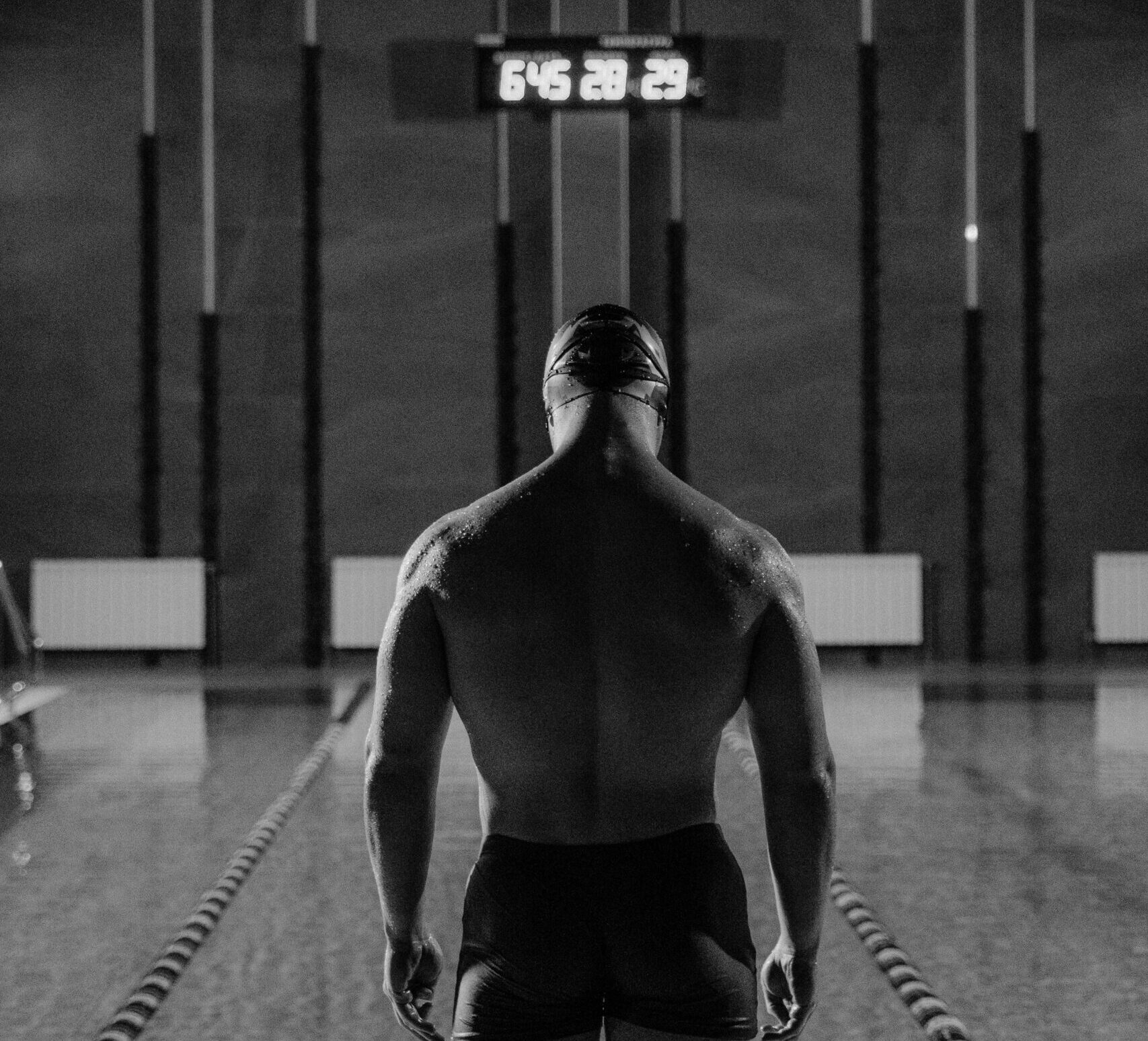Want to catch up with the other articles in this series?
Part 1: What is the impact of endurance training on human lifespan?
Part 1.1: What is VO2max?
Part 2: What are training zones?
Part 2.1: How do muscle fiber types correspond to training zones?
Part 2.2: Training zones 1, 2 and 3
Part 2.3: Training zones 3, 4, 5 and 6
Part 2.4: Moderate intensity vs. high intensity exercise
Part 3: By which mechanisms does exercise delay aging and prevent chronic disease?
Part 3.1: What are the cardiovascular adaptations to endurance training?
Part 3.2: What are the metabolic adaptations to endurance training?
Part 3.3: Can exercise prevent or even treat cancer?
Part 3.4: How does exercise impact the immune system?
Part 3.5: Exercise as a therapy for neurodegeneration and conclusions
By which mechanisms does exercise delay aging and prevent chronic disease?
Traditionally exercise has been thought of as improving performance, health and aesthetics. People exercise to look and feel better. Through trial and error, athletes and coaches have utilised targeted training to redefine the limits of human capabilities. It’s clear that exercise training leads to astonishing adaptations in the human body.
There is an almost infinite number of biological adaptations to exercise: from a cellular level to the whole organism. What these adaptations are and what the prescription of exercise is to elicit these adaptations is at the cutting edge of science. This insight enables us to target adaptations through the prescription of exercise.
However, much of the gains in human performance have been made through targeted training as a consequence of trial and error. Training has evolved over several decades to refined techniques that we now have scientific data for.
In the last few decades, science has not only given insight into the impact of targeted training on human performance but also human healthspan and lifespan. There has been a recent acceleration in our understanding of the impact of movement on healthspan and lifespan.
We have looked at the strong association between all cause mortality and VO2max in part 1. In the final part in this series we will examine more closely the mechanisms by which endurance exercise prevents the onset of chronic illness. Specifically, how exercise leads to positive adaptations of crucial organelles and organs and the maintenance of vital body systems. The image below illustrates how exercise leads to multisystem (left) and cellular (right) effects that delay the onset of aging. We’ll be taking a non exhaustive look at these effects in this part of the series.



